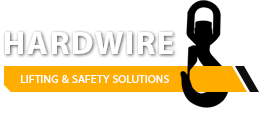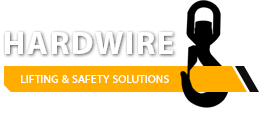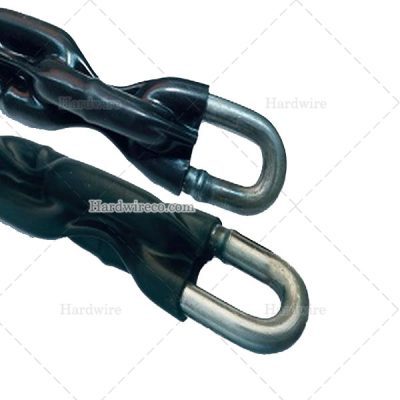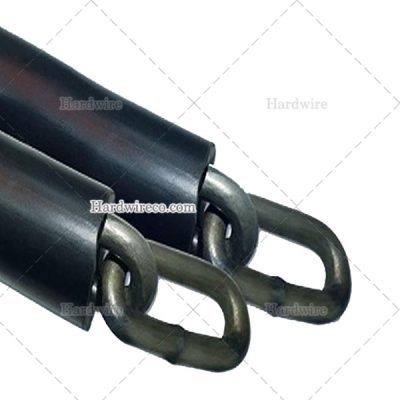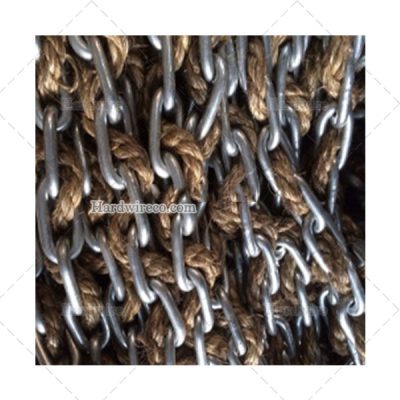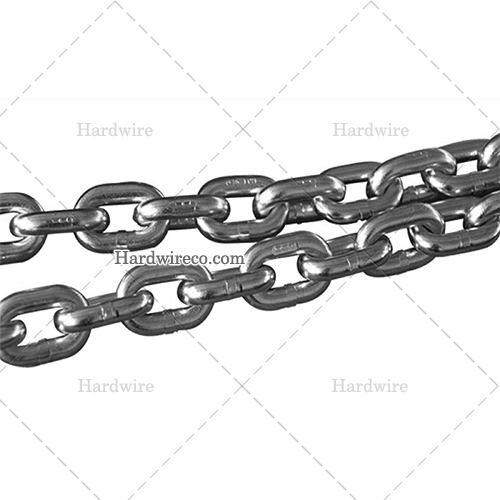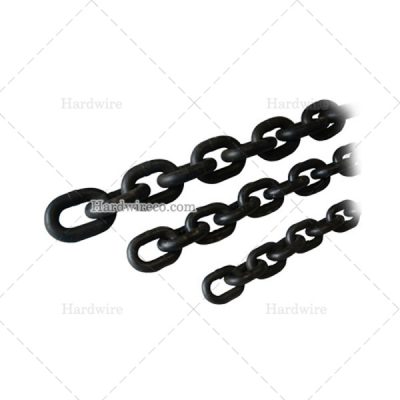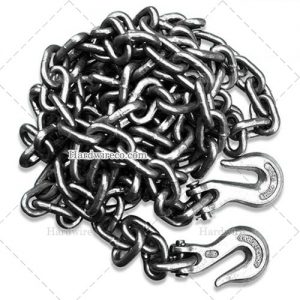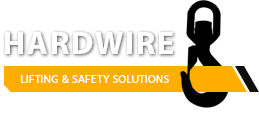- PRODUCTS
- WIRE ROPE
- PLATE CLAMP
- LEVER AND PULLING HOISTS
- SLING
- WIRE ROPE LUBRICANT
- CLIMBING HARNESS
- RIGGING
- LIFTING MAGNET
- ANCHOR AND ANCHORING ACCESSORIES
- DIGITAL CRANE SCALE
- WEBBING STRAP
- HOISTS AND CRANES
- SOCKET AND SOCKETING RESIN
- WINCH
- FORKLIFT AND PALLET JACK
- TOOL BALANCER
- CHAIN
- ROPE
- SNATCH BLOCK
- MONORAIL TROLLEY
- PNEUMATIC LIFTING EQUIPMENT
- ARTICLES
- NEWS
- GALLERY
- DOWNLOAD
- ABOUT
